7. Preston Sturges
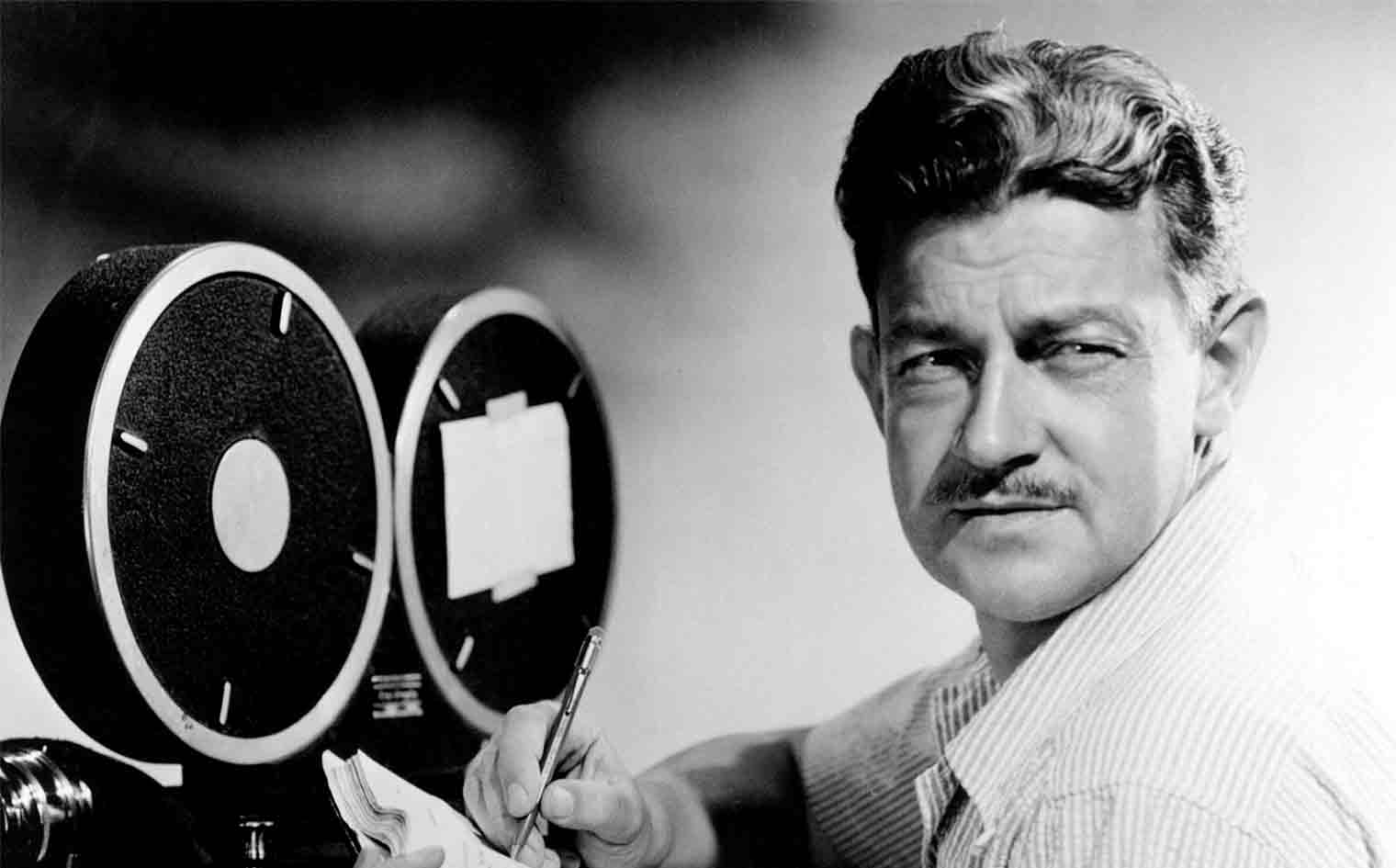
Much like Vigo, US comedy treasure Preston Sturges had a story no one would have the nerve to make up. He was a child of privilege with a wealthy adoptive father and a most colorful mother, who was, for a time, a cosmetics tycoon. (She was also friends with the legendary dancer/choreographer Isadora Duncan and notoriously gave her friend the infamous scarf which lead to her death.)
Young Preston grew up among the bohemian elite of the Europe of his youthful day (mom also seems to have had a fling with occult kingpin Alestair Crowley). He had a big hit play (Strictly Dishonorable) right out of the box, the sale of which took him to Hollywood where he became one of the top comedic screenwriters of the 1930s with his lively mix of smart sophisticated humor and slapstick.
Wanting to become a director, he sold his screenplay The Great McGinty to Paramount in 1941 for $10 on the condition that he be allowed to direct. He would win an Oscar for that script and three more nominations in the next few years for now classic films such as 1941’s The Lady Eve and Sullivan’s Travels, and 1944’s The Miracle of Morgan’s Creek (also a miracle of fooling the censor) and Hail the Conquering Hero, all still venerated classics, loved to this day.
He took the film world by storm in the early 1940s, only to be completely and permanently washed up in Hollywood (and elsewhere) by the decade’s end (not unlike what happens to the title character of The Great McGinty). His output, including the unhappy, little seen, 1955 European made one shot The Diary of Major Thompson (a.k.a. The French They Are a Funny Race) stands at 12. What happened?
Well, for one thing, it doesn’t do to be a smart aleck to the powers that be and, reportedly, he was one to the brass at Paramount, the censors and a number of others. Studio head Buddy DaSylva plotted his demise using a rare dramatic Sturges film ironically entitled The Great Moment, which was released in 1944 after being held up for two years and butchered into incoherence. This failure was used to cut Sturges loose from his longtime studio.
Eccentric multi-millionaire Howard Hughes hired him to bring famed silent comedy Harold Lloyd back to the screen in a script Sturges entitled The Sin of Harold Diddlebok, which he shot in 1947 but it was not widely released until 1950 in a badly cut down version called Mad Wednesday. The tumultuous stories surrounding that rather dispirited film’s making hardly helped Sturges’ rep.
Between the making and release of that film, he landed a contract at Twentieth Century Fox and immediately created 1948’s Unfaithfully Yours, two thirds of a masterpiece (the last third gets too slapsticky and silly), a classic now but panned by critics and ignored by moviegoers at the time.
This lead to him being assigned to Fox’s top star of the early 40s, Betty Grable, now, like Sturges, suffering from the doldrums. Their pairing wasn’t ideal and they struck few sparks while making The Beautiful Blonde From Bashful Bend in 1949, judged one of the weakest efforts of either. This didn’t help Grable and Fox told Sturges to go, despite his entreaties to be allowed to stay, even as a B movie director.
His friend Katherine Hepburn tried to help him sell a screenplay he had written for her but, since she was going through a dry spell also, it was no sale. His only other film work was an acting role in the unfunny 1958 Bob Hope-Fernandel comedy (it sounds better than it was) Paris Holiday, working in a film written and directed by lesser talents than himself. He died shortly thereafter of, according to Hepburn, neglect.
8. Charles Laughton
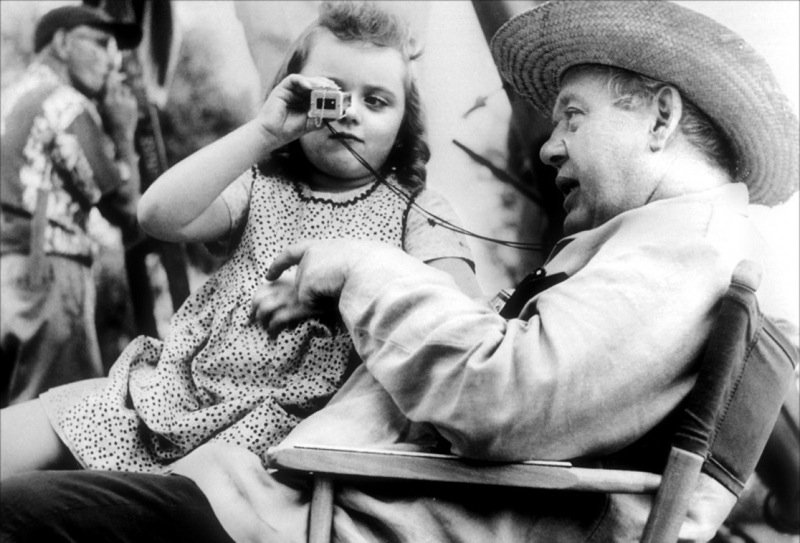
It seems like almost every actor, certainly film actors, want, deep down, to direct. For many that wish is just a flight of fancy and film history is filled with actors (writers as well) who made one film and realized that it would be best to stick to their day jobs. However, sometimes the actors can be directors (Clint Eastwood is a fine example) and build substantial careers in that film role independent of their thespian chores.
However, just being a noted actor and just having a lot of promise and talent as a director may not be enough. A little luck is needed. If he were still alive, one could ask one of the greatest one shot wonders in cinema history, Charles Laughton.
Laughton had been a great, if unlikely star in films since the early thirties (no star was more physically unlikely than the ultra-ungainly Laughton). However, he ran somewhat out of luck in the late 1940s through the early 50s and had to take some very lesser films (playing Captain Kidd opposite Abbott and Costello had to be the lowest point).
During this time he started directing on stage with notable success (The Caine Mutiny Court-Martial, John Brown’s Body). This lead him to consider directing for film (and, as if to demonstrate his seriousness about directing, he chose never to direct himself in any medium).
To prepare for this, Laughton intelligently studied great films of the past at venues such as the Museum of Modern Art and concentrated on silent cinema, notably the films of D.W. Griffith (it was no coincidence that he cast Griffith’s great actress Lillian Gish in his subsequent film in the finest role of her rather sporadic talkie career). Perhaps looking at Griffith’s stunning use of natural, pastoral settings caused him to choose as his film directing debut the regional novel, The Night of the Hunter by Davis Grubb, a story which took place in the rural south during the years of the Great Depression.
Contrary to the setting, however, the story was neither sweet nor gentle (despite having one of cinema’s most strongly kind and loving figures at the heart of the piece). The story centers on a murderous religious fanatic who calls himself Preacher (a perfectly cast Robert Mitchum, both attractive and quite scary).
He’s been financing his “work” by wooing, robbing and killing lonely women but when he gets wind that a man he meets in prison, while serving time for car theft, managed to completely hide the $10,000 he stole during a bank robbery, for which the man is to be excecuted, Preacher goes after the man’s widow, only to discover that the man entrusted the secret to his more clever children. Preacher chases them across the countryside until he has to deal with a mighty, if deseptively delicate, older woman who has taken them in.
The story is much like a fable and Laughton tells it with absolute command of cast, imagery (his images and symbols from nature are uncanny), photographic effects (hardly a scene lacks one) with an expressionist bent, and a kindness of tone with uplifts the grim story. Too bad that United Artists had no idea how to sell the film (the trailer and poster art tell nothing about the film at all).
It flopped horribly and the critics of the time, who mostly were of a conservative bent, panned it like crazy. Laughton had been planning to adapt Norman Mailer’s great modern novel The Naked and the Dead (and those who have read his script say that it was extraordinary) but, after Hunter’s failure, that was down the drain completely.
Thankfully, the drought in Laughton’s acting career ended about that time and he was able to go back to his first profession. However, the loss of so promising a talent is so sad. He died in 1962, only seven years after Hunter. At best he might have made four or five more films. However, even one more like The Night of the Hunter would have been a blessing.
9. Sergio Leone
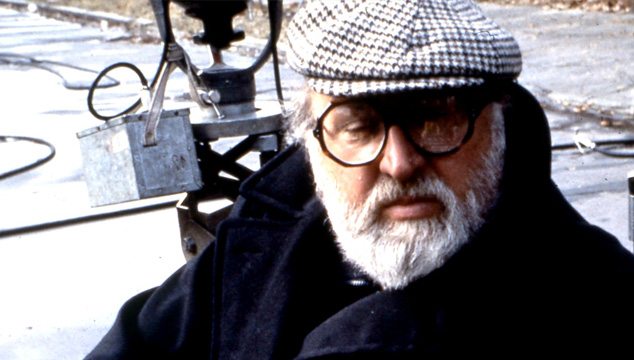
The term “spaghetti western” is rarely meant as a compliment. It usually connotes a cheap production, made long after the vogue for Hollywood westerns had passed, filmed in foreign locals somewhat standing in for the Old West from US history(made in places far more cost efficient than the US) with less than stellar actors.
Hollywood westerns had a hard enough time gaining respect, so these mostly cheap productions were looked down on as low indeed. However, they had their coniseurs and dedicated fans knew some of their makers were better than others. Only one of these creators, though, had it in him to transcend his subgenre and prove himself to be a world class film maker. That man was Italy’s Sergio Leone.
It’s impossible to mistake a Leone film for any other. Two of his most famous titles are Once Upon a Time in the West (1969) and One Upon a Time in America (a period gangster sage from 1984, which Leone made in lieu of 1972’s The Godfather, which he had been offered). If those films sound fairy-tale or fable-like the, well, they are. Leone made grand, operatic (yet stone-faced cool) fairy stories for adults (and they are quite adult). Everything in a Leone film is very large, very striking, very deliberate in pacing. His characters and stories are larger than life.
He began has a top assistant director in Italy’s post-war film industry (among his credits are the great Neo-Realist classic Shoeshine from 1946). He got into directing his own films with what were known as “sword and sandals” films, i.e. period films set in ancient Rome or Greece (or thereabouts) telling big and simple stories (1961’s The Colossus of Rhodes is a good example). He had the knack for making the budgets look bigger than they were.
Thus, in 1964 he was chosen to direct Hollywood TV western star Clint Eastwood in a western film taken from Japanese master Akira Kurosawa’s 1961 Yojimbo, reinvented as A Fistful of Dollars. Eastwood, as the laconic “Man with No Name”, a gunfighter engaged in titantic moral and ethical battles with extraordinary foes, played bigger than life just as Leone needed and the end result was a big hit (though not with the critics of the day). It was made on a small budget but the two others in the Man with No Name series, 1965’s For a Few Dollars More and 1966’s The Good, the Bad, and the Ugly, saw the budgets go way up.
By the moment of Once…West, Leone was directing a major production and the film looked it (that film featured notable stars Henry Fonda, Claudia Cardinale, and Charles Bronson, indicating an important picture). Sadly, after that there would only be Duck, You Sucker (1971) and Once…America, though Leone did produce many films and did uncredited work on others.
He planned many other films (and saw all of them fall through), was rarely a critical darling when alive and active (though the tide was turning by the time of his death), and witnessed many of his films having been butchered (the Once films), though, happily, they were eventually restored. None of this helped, nor did only living to 60 but this giant of a film maker remains quite memorable.
10. Jacques Tati
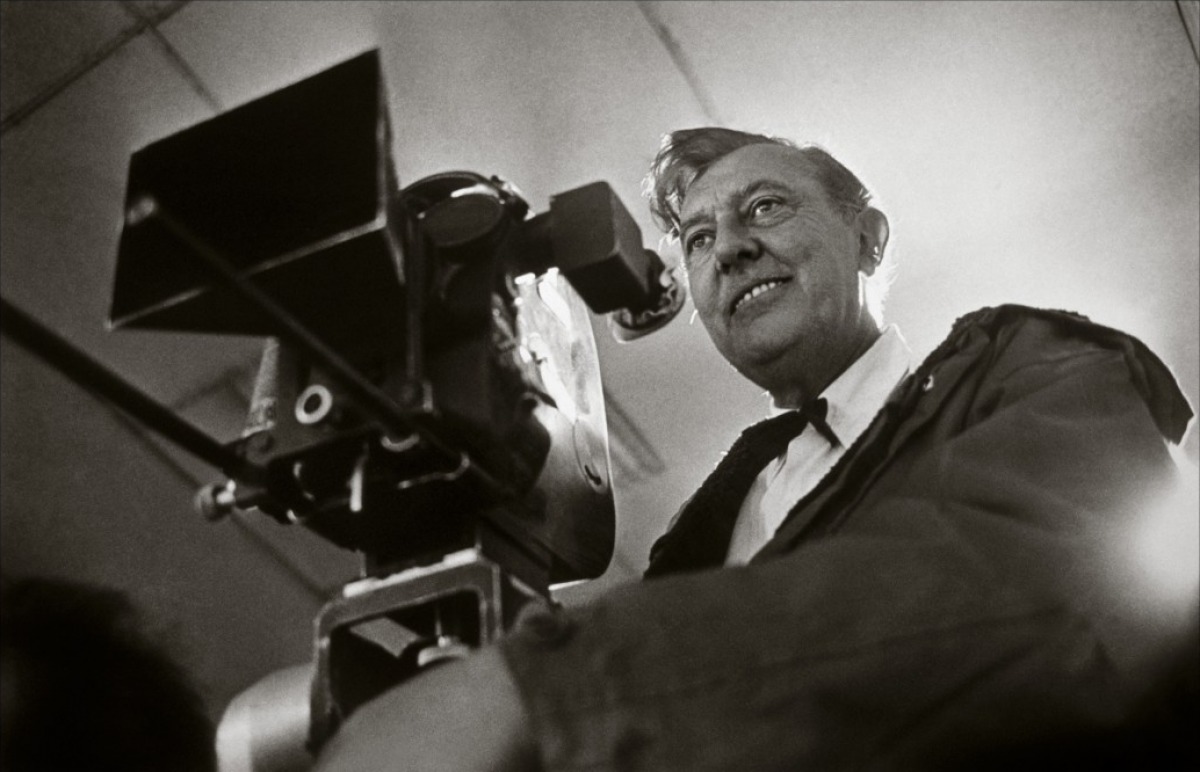
Looking over this list, and film history period, one might wonder if it is indeed possible for one lone film maker to turn out a substantial body of quality work. (The answer is yes if the person is a cinematic genius such as John Ford or Alfred Hitchcock and, even then,if the film maker is willing to accept that not every film will be any sort of masterpiece.) Another entry in the few but great sweepstakes is France’s Jacques Tati.
Though born into a comfortable life to a family with a large scale picture framing business, Tati caught the performing bug early and, much to his family’s angry dismay, struck out on his own during the Great Depression to pursue the life of an actor/mime. He became a performance hall favorite and dabbled in film acting by appearing in short films in Germany in the early 1930s.
After the war, and several adventures therein, Tati decided that he wanted to take his acting to the broader and more accessible canvas of film. Having worked behind the scenes in the film world for a while, he realized that he needed to control all aspects of the film making in order for the his vision of things to come out coherently. He was able to start his own production company with a work colleague/friend after he met with popular success in a starting role in the now-classic French comedy Sylvie and the Phantom in 1946 (and he just missed being cast in the lead role of the great film, Les Enfants du Paradis that same year).
Though his lovely first film, Jour de Fete in 1947, would cast him as a sweetly clumsy and gauche mailman, Tati would soon develop the character of a tall, gentle, eccentric, whimsical man baffled by the world at large named Monsieur Hulot. Of the six films (yes, just six!) Tati would make (and one TV special), four would involve the character.
One of the most distinctive things about all of Tati’s films is that, save for music, sound effects, and ambient voices, they were all essentially silent films. Hulot never spoke (nor did the postman) and those around him very rarely did as well. The films would set up basic situations and play out in pantomime. If one thinks that continuing the silent film tradition in the sound era would be hard….then one would be correct.
Though Tati used a modified technique from an earlier era of cinema, his theme was pretty much always the difficulty of life in the modern world. While the rather frantic vacationers at the seaside resort in 1953’s M. Hulot’s Holiday demonstrate this idea, the films which really drive it home are 1958’s Oscar winning Mon Oncle, 1967’s Playtime, and 1971’s Traffic (his last film, 1973’s Parade was basically a circus act performance film).
Sadly enough (and ironically) it took a lot of hard to come by money from the real and practically business minded world to make Tati’s pleas for the individualism and grace of an older way of life come about. It would take years to set up financing for his films and years to create and produce them as well (honestly, one difficult aspect of Tati’s work is that the viewer often feels much more compelled to appreciate the hard work that went into what’s up on the screen rather than to laugh at it).
Creating two films in a decade was a heavy work schedule for him. And yet….there is not a lazy or bad film in the bunch. Its a pity that there isn’t a Woody Allen size filmography attached to Tati but what’s there is choice.
11. F.W. Murnau
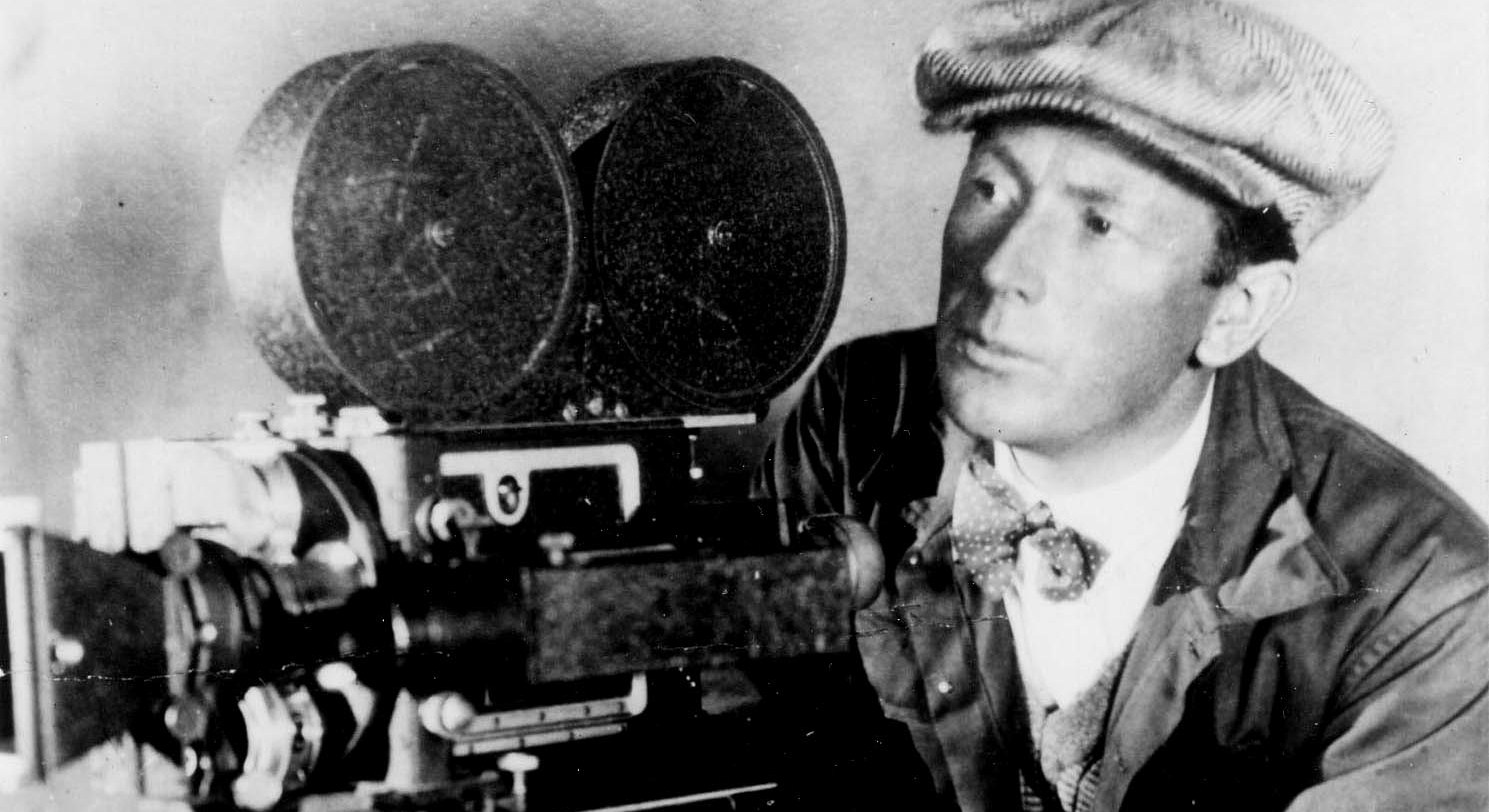
Death was not a good personal thing for the great German director of the silent period F.W. Murnau, but artistically it froze him in what might well have been the absolutely perfect place for him.
Tragedy sadly haunts Murnau’s story. Death in the form of a freak car accident took him at only 42 years of age, when there should have been many more creative years before him. He had created 20 films but, devastatingly, nine of these are now considered lost. Somewhat fortunately, most of what survives are works of his mature period and they are great films indeed.
Theater trained under some of Germany’s finest theatrical talents, Murnau had a touching, but unsentimental quality to his work and was able to produce singularly striking and haunting images, always used at precisely the right moment. To see one of Murnau’s elite pictures is to have it ingrained forever in the mind.
Though many today know him primarily from his 1922 vampire classic Nosferatu (ironically, surviving after being ordered destroyed by a court order after it was determined that the film plagurized author Bram Stoker’s Dracula), Murnau went on to create even more sublime pictures after making that chilling film. His experimental, expressionistic, deeply felt The Last Laugh (1924), using virtually no title cards, is one of the great silent films.
His Faust from 1925 is beautiful and chilling in equal proportion. After that, he went to Hollywood and triumphantly harnessed its energies into another of the greatest of silents, the astounding Sunrise(1927). Sadly the lack of profits for that one (which was a costly picture) and rough times filming the subsequent 4 Devils (now sadly lost) and the compromised (but still wonderful) City Girl, both in 1928, he struck out for the South Seas, where he partnered (and quickly unpartnered with) the renowned documentarian Robert Flaherty for the highly dramatic semi-documentary Tabu (1931). The tropical setting diluted none of Murnau’s power as a film maker and the Oscar winning images are unforgettable.
Sadly, he would die one week before the film opened. Could this great talent have convincingly added sound to stunning film making (and even some of the best of the silent screen couldn’t) ? The world will never know but his silent are so complete as works of art that sound is rather superfluous.
12. Barbara Loden
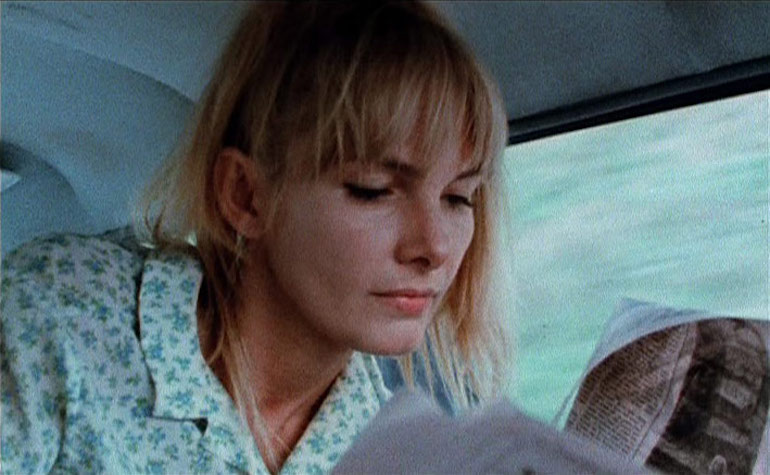
The sad tale of Barbara Loden shows that having beauty, connections, and even talent, aren’t enough without some luck to make it all coreless. Make no mistake, Loden had mostly bad luck period and it blighted her whole life, much less her promising directorial career.
Loden had a hard scrabble childhood in the US south and was inspired by the movies to leave for New York City at age 16 (though she generally hated the movies, which she felt pointed up the drab poverty of her life). She made her way as a model, a chorus dancer on stage and early TV, and as an actress in small roles.
She was attracted to the then new and revolutionary Actor’s Studio school (she became a lifelong member). She got married but then became infatuated with the highly noted stage and screen director Elia Kazan, despite the fact that he was married as well. They had a child while she was still married, though, oddly, she stayed with her husband and later had a child by him as well. When Kazan’s wife died, she broke up her marriage and, after a tortured courtship, she and Kazan married.
That might have seemed good luck but they were a volatile match and professionally they married at an awkward time for Kazan. He gave her a small role in his 1960 film Wild River (superb on the whole but not notable for Loden’s contribution and a box office flop in any event) and a much bigger and flashier one the next year in Splendor in the Grass (though the critics, rather rightly, thought she went way over the top).
Around this time Kazan directed her to a Tony award in the original production of playwright Arthur Miller’s work After the Fall (playing a version of Miller’s onetime wife and Kazan’s sometimes sexual partner Marilyn Monroe), and this would be her finest hour on the whole. Sad to say, Kazan’s illustrious career was about to start going downhill, thanks, among other reasons, to his turncoat testimony during the blacklist years (the blacklisted were starting to get back to work in the early 60s). Splendor would be his last big hit movie and Fall his last big hit play.
After this fertile spell, work became harder to find for Loden (in part due to sentiment against her husband) and she became interested in directing, creating several stage pieces. She tired to get a film acting career off the ground but her one big scene role in 1966’s The Swimmer was re-cast and re-shot with another actress and the movie Fade-In, in which she had a starring role, was never released to theaters.
Around that time a friend offered her a $100,000 to make a film (nice, but not a princely sum even then). She took the offer and wrote her own screenplay base on a news item about an aimless woman, cut adrift from her husband and children, who wandered into an ill-advised criminal relationship with a bank robber simply because she didn’t have the strength to say no. The resulting film was entitled Wanda (1971).
Wanda was praised for many reasons. It told the story of people, principally the female title character, who live off the charts in the US. It looked at the down and out milleu of the characters in an honest way (it was filmed on location in a backwards part of Pennsylvania in cinema-verite style, increasing its documentary like feel). More than one critic noted that nothing in the film seemed false or theatrical (though the generally approving Pauline Kael also said that it made the naturalistic works of French novelist Emile Zola seem like musical comedy).
Loden, who admitted to getting much technical help from her cameraman, was praised for both her behind and in front of the camera work (needless to say, she played the title character). The film won a major award at the Venice Film Festival and was presented at the Cannes Film Festival. This development was especially good since those who saw Wanda at those festivals were the bulk of the film’s audience.
Sadly, it (artistically) successfully toured the festival circuit without really finding a distributor and very few saw it. Loden was convinced the film and its critical reception would at least buy her another chance at directing a film and worked on several more projects, including a proposed film of Kate Chopin’s classic novel The Awakening. Unfortunately no one was really listening (and Kazan wouldn’t have helped her if he could, since he was rather jealous professionally).
If she had been given more time by fate she might have eventually gotten another film together (today she could make one with an iPhone!). The worst was yet to come as she was diagnosed with breast cancer at age 46 and succumbed at age 48. By all accounts she was a talented, intelligent lady who deserved better than she generally got from life. That her filmography consists of just one film is so sad but it could have been even sadder without even that one film.
Author Bio: Woodson Hughes is a long-time librarian and an even longer time student/fan of film, cinema and movies. He has supervised and been publicist for three different film socieities over the years. He is married to the lovely Natalie Holden-Hughes, his eternal inspiration and wife of nearly four years.